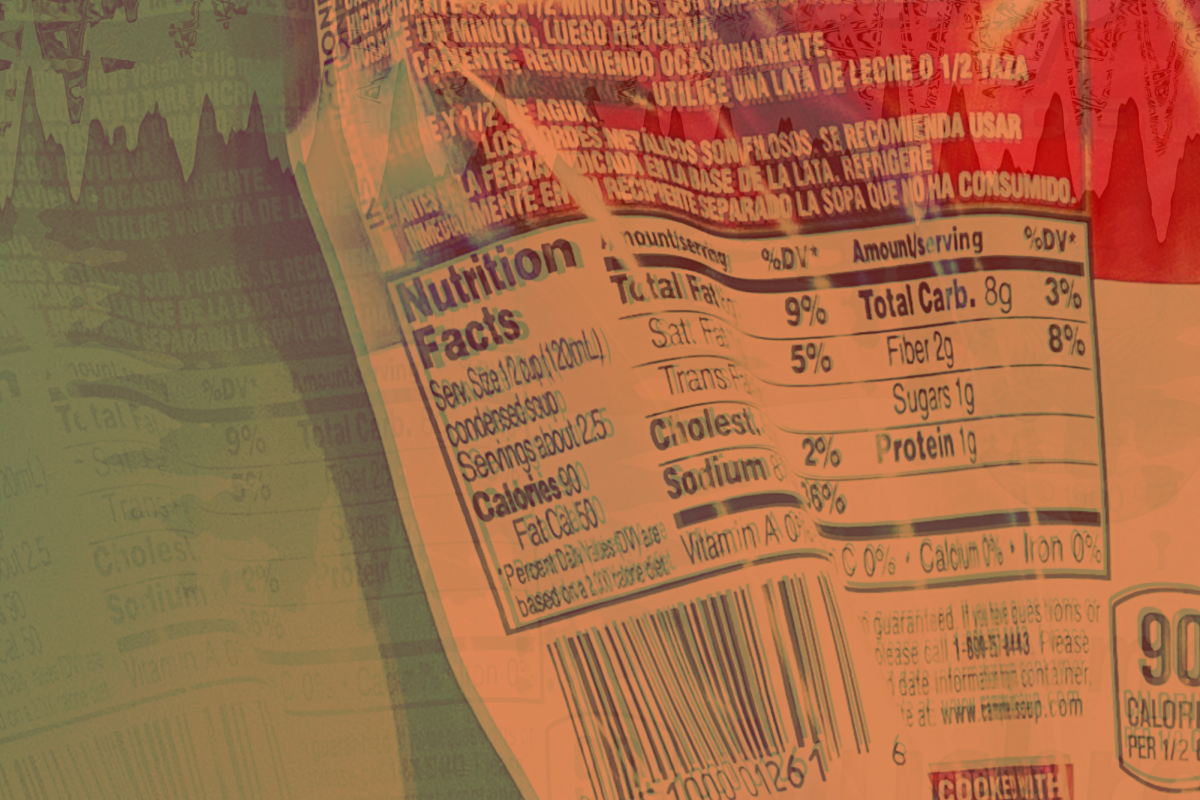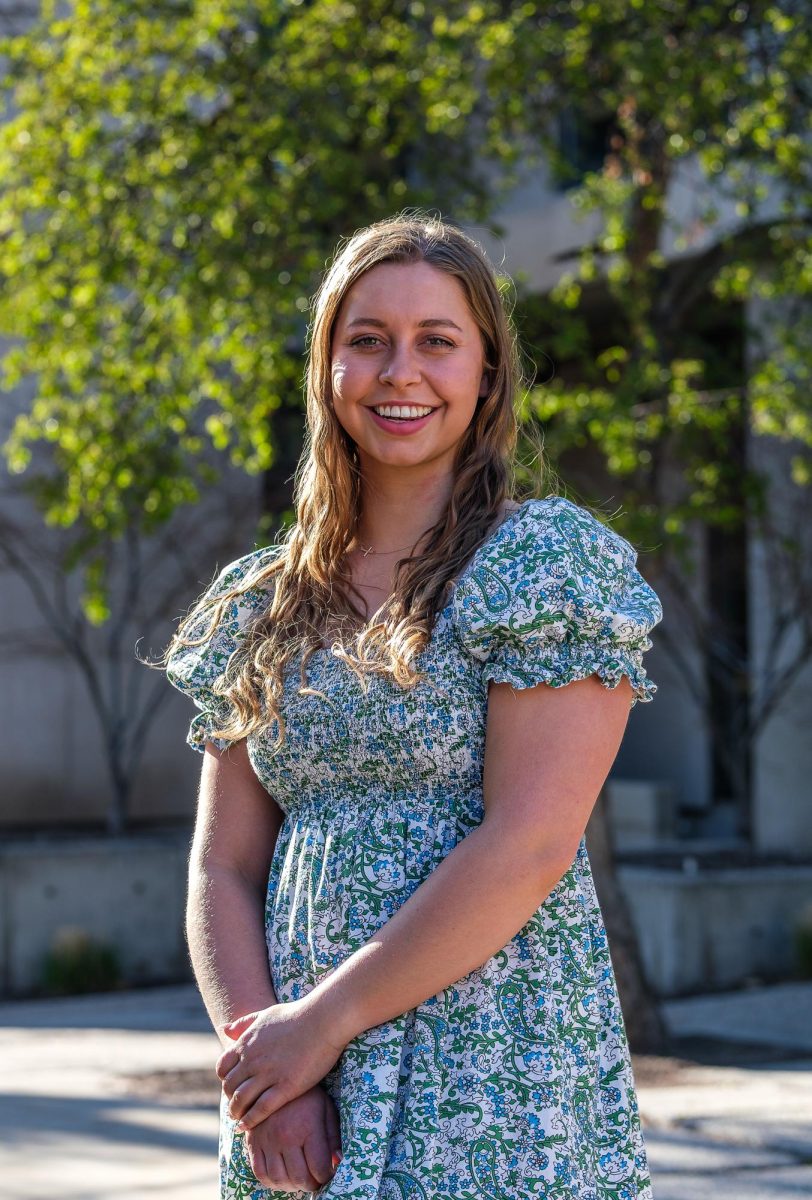Next fall, first-year medical students can expect changes in how soon they practice giving physicals and working with patients.
Larry Reimer, associate dean of curriculum for the School of Medicine, recently met with an advisory board to discuss implementing changes to curriculum at the medical school.
“It’s been a process going on for some time now,” Reimer said. “Some of it comes from understanding educational theory. The way medical education has been done hasn’t focused on the way adults learn.”
The new program will gradually assimilate second- and third-year medical students and place a greater emphasis on students learning basic science, including biochemistry, anatomy and physiology.
Instead of following national trends in which many medical schools are cutting back on the number of cadavers used for dissection, the U is reorganizing anatomy courses for first- and second-year students to receive more practice.
Because cadavers are expensive to keep on hand, the U’s medical school plans to increase its use of computer simulation to combat costs.
“We used to have an anatomy class that ran for three months and a physiology class that ran for a few months, but that’s all going to go away now,” Reimer said.
The medical school will incorporate dissection classes throughout all four years and use the new simulation laboratory that is under construction in the College of Nursing’s new building.
Other schools have also focused more on computer simulation for their medical programs.
Mike Carry, associate professor of cell and developmental biology at the University of Colorado, said that for the past eight years, its medical school has been teaching dissection with human cadavers, but giving virtual instructions on computers.
“Many schools went away from dissection 10 to 20 years ago but most are switching back,” Carry said. “Students are asking for dissection.”
Mark Nielsen, a human anatomy professor at the U, said the U has a few undergraduate classes focused on anatomy and a class teaching dissection. He said the teaching assistants that the U trains often have better knowledge on human organs than the average starting medical student.
Anatomy is an essential part of medical education, Nielsen said.
“After the first World War, the U.S. military trained doctors to look for an exit hole in wounded soldiers,” Nielsen said. “If you know that exit hole and body anatomy, you know where to look for damage.”
At one time, the U’s medical school considered reducing the number of cadavers used for dissection in human anatomy.
“There will be some computer simulation things that we do, but we’re not going to substitute,” Reimer said. He said students would have a clinical representation of a patient on a computer and also have a plastic model to simulate diseases.
The University of California-San Francisco has also placed more focus on computer simulation and pre-dissection, which involves professors dissecting cadavers ahead of time, or giving students only part of a cadaver for practice.
Corinna Kaarlela, spokeswoman for UCSF, said the school cut back on dissection around 2001 but brought it back a few years later.
The U should have the new simulation lab ready within the next two years.
Besides increasing computer simulation for anatomy, the U also wants to improve mentoring programs for medical students.
“The idea is that students will have more guidance about how to decide what kind of career they want,” Reimer said. “The emphasis on basic science is not helpful to deciding on pediatrics versus any other career.”
Reimer said they have yet to determine full costs of implementing changes, but that he expects altered programs to pay for themselves because they will not exceed the costs of older programs.















